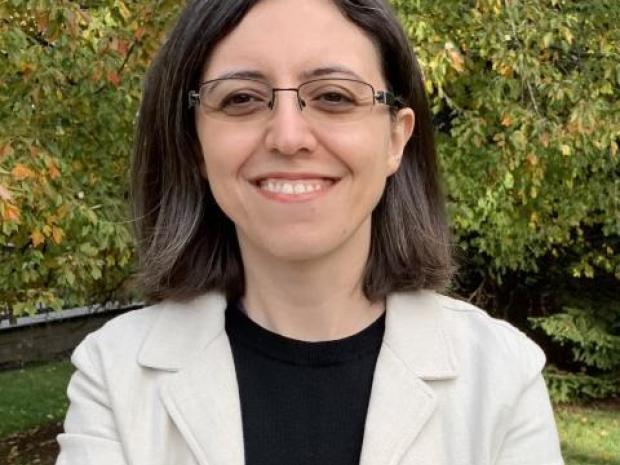Mathematical underpinnings of emerging computational imaging inverse problems

Speaker
Shirin Jalali,
Rutgers University
Title
"Mathematical underpinnings of emerging computational imaging inverse problems"
Abstract
Advanced computational imaging techniques have undergone a transformative evolution in modern imaging systems, surpassing the limitations of conventional approaches and unlocking diverse imaging capabilities. Developing efficient solutions for these imaging systems requires a comprehensive, multidimensional approach, involving mathematics, signal processing, machine learning, and proficient engineering. In this presentation, I will mainly focus on two specific categories of imaging systems: i) snapshot compressive imaging and ii) coherent imaging in the presence of speckle noise. By delving into these systems, I intend to underscore their distinctive challenges and the abundant opportunities they offer. Moreover, I will elucidate our advancements in these domains, with a primary focus on foundational mathematical models and algorithmic solutions grounded in theoretical principles. Additionally, a comprehensive examination of an array of challenges and open problems will be undertaken, emphasizing the essential strides required to fully actualize the potential of these innovative imaging systems.
About Speaker
Shirin Jalali is an Assistant Professor at the ECE department at Rutgers University. Prior to joining Rutgers in 2022, she was a research scientist at the AI Lab at Nokia Bell Labs. She has also held positions as a Research Scholar at Princeton University and as a Faculty Fellow at NYU Tandon School of Engineering. She obtained her M.Sc. in Statistics and Ph.D. in Electrical Engineering from Stanford University. She has been serving as an Associate Editor of IEEE Transactions on Information Theory since 2021 and is a recipient of 2023 NSF CAREER award. Her research interests primarily lie in information theory, statistical signal processing, and machine learning. She applies these disciplines to tackle computational imaging inverse problems and explore the fundamental limits of structure learning.

